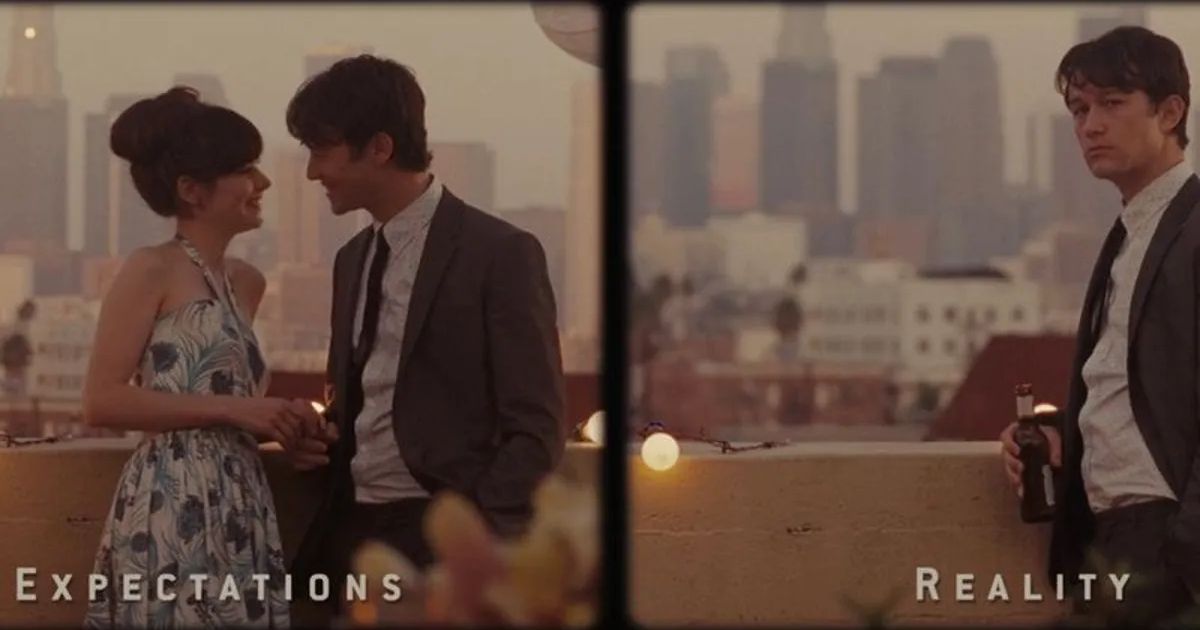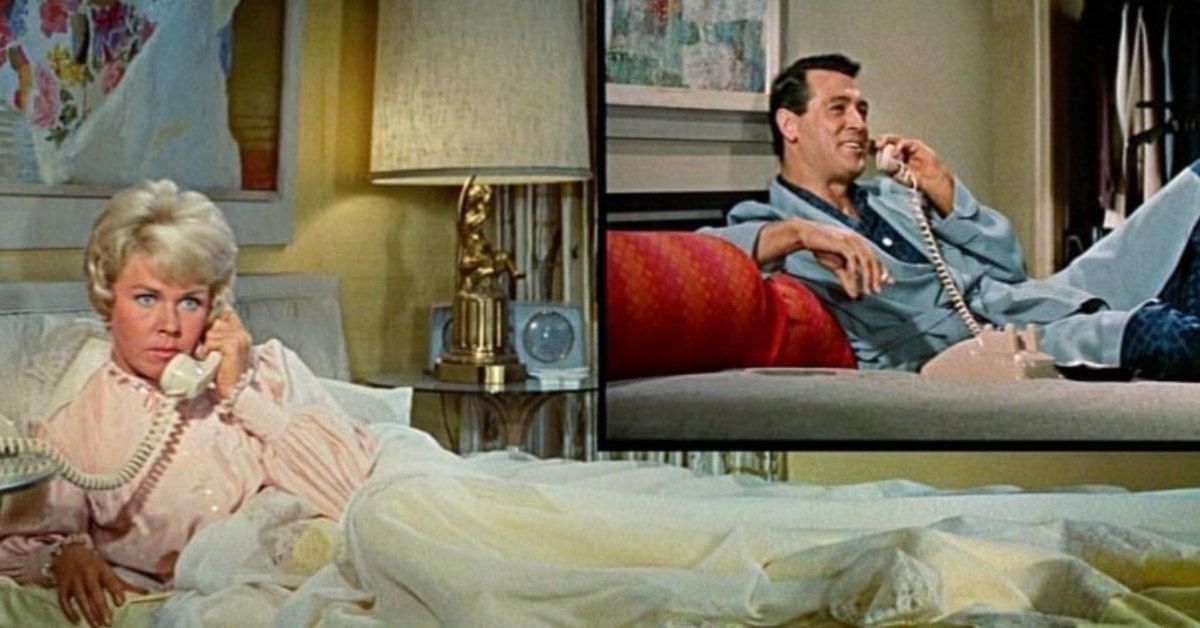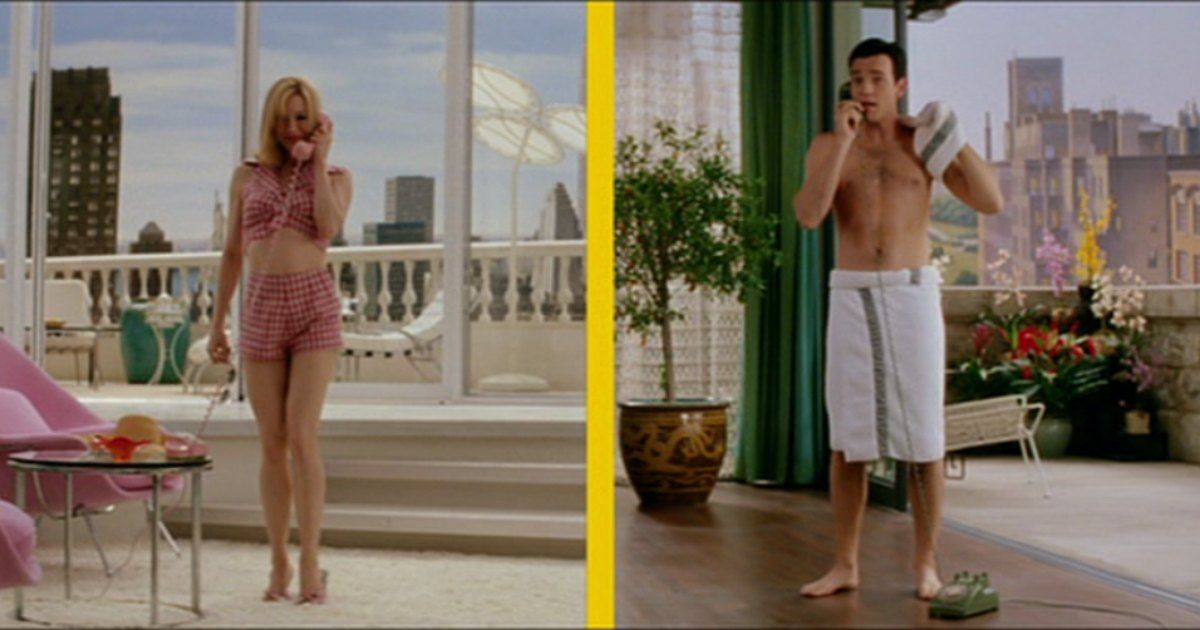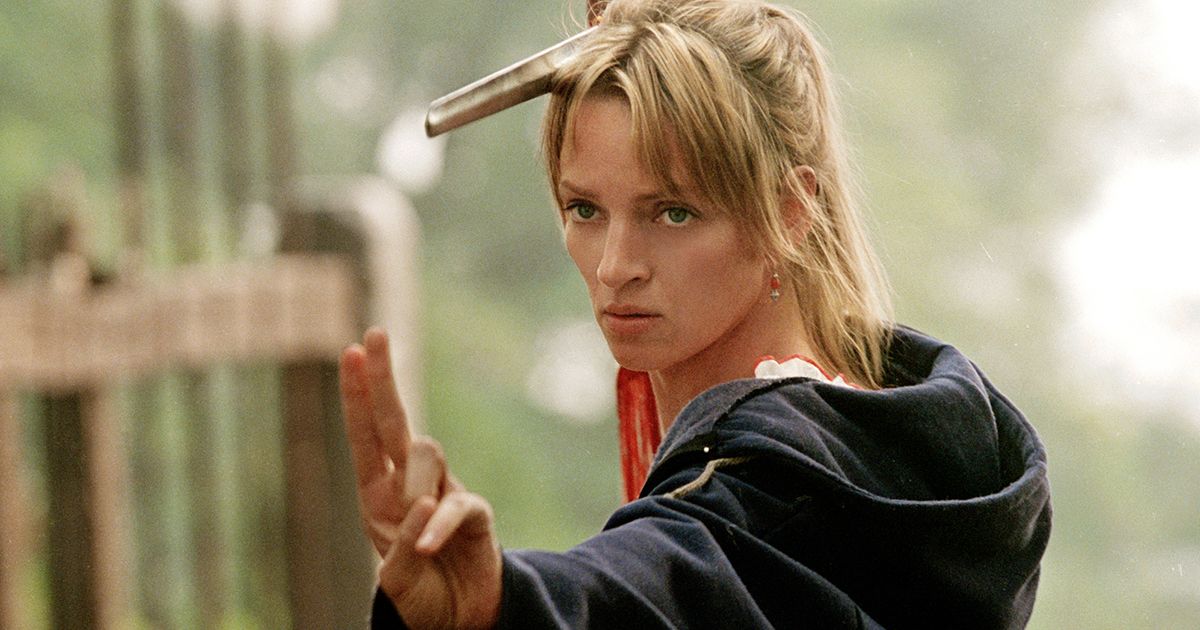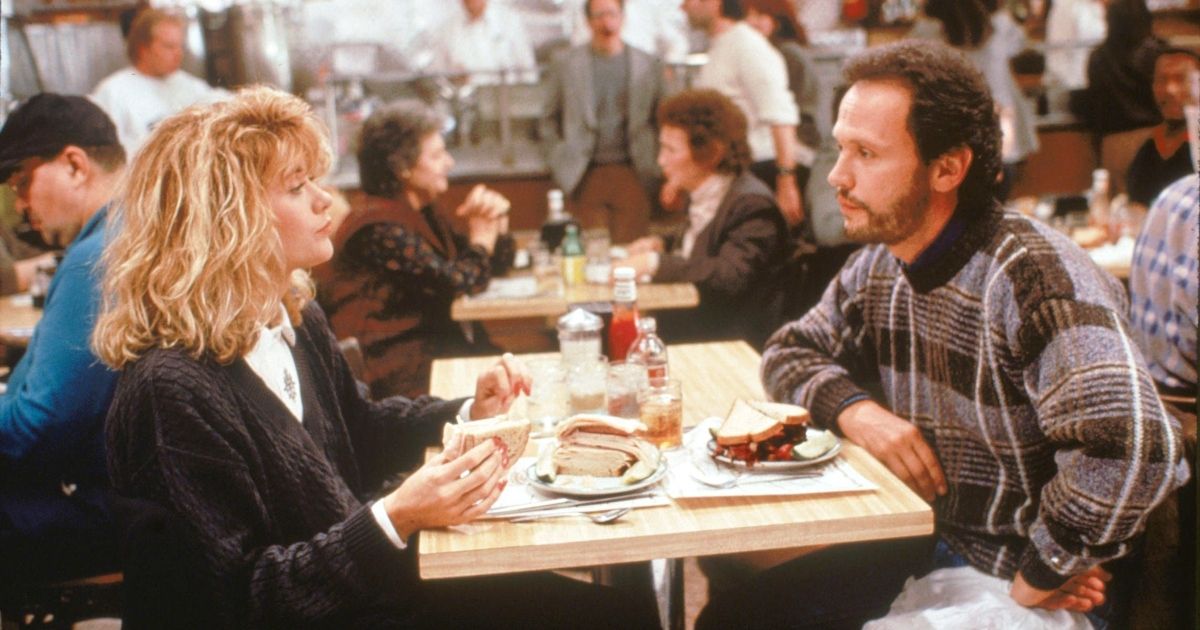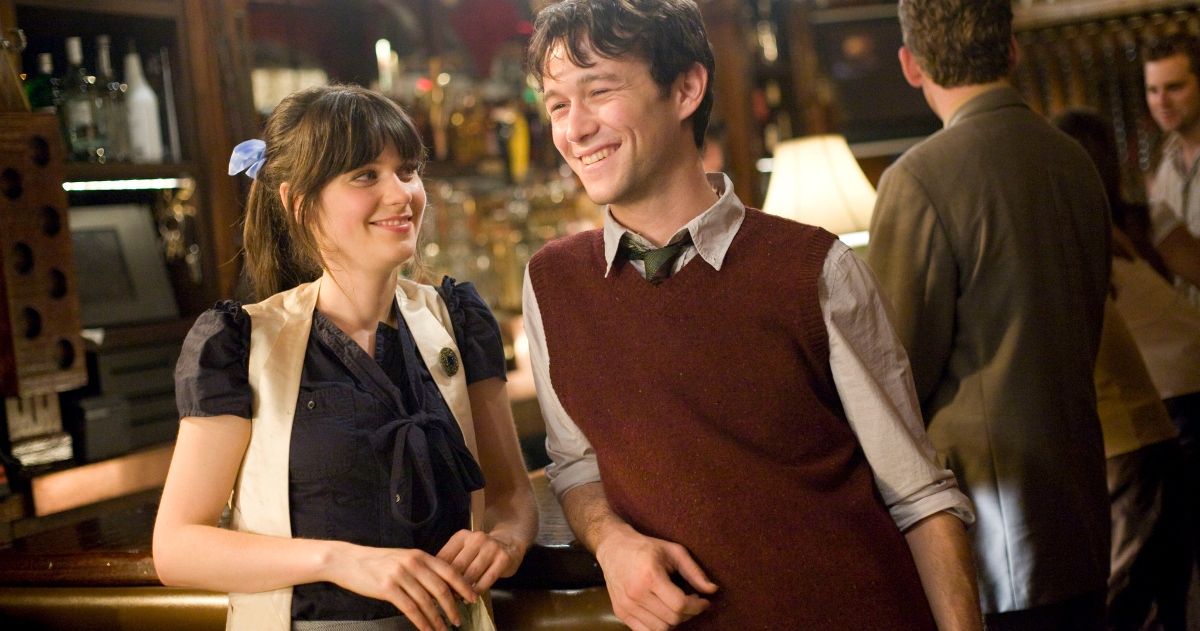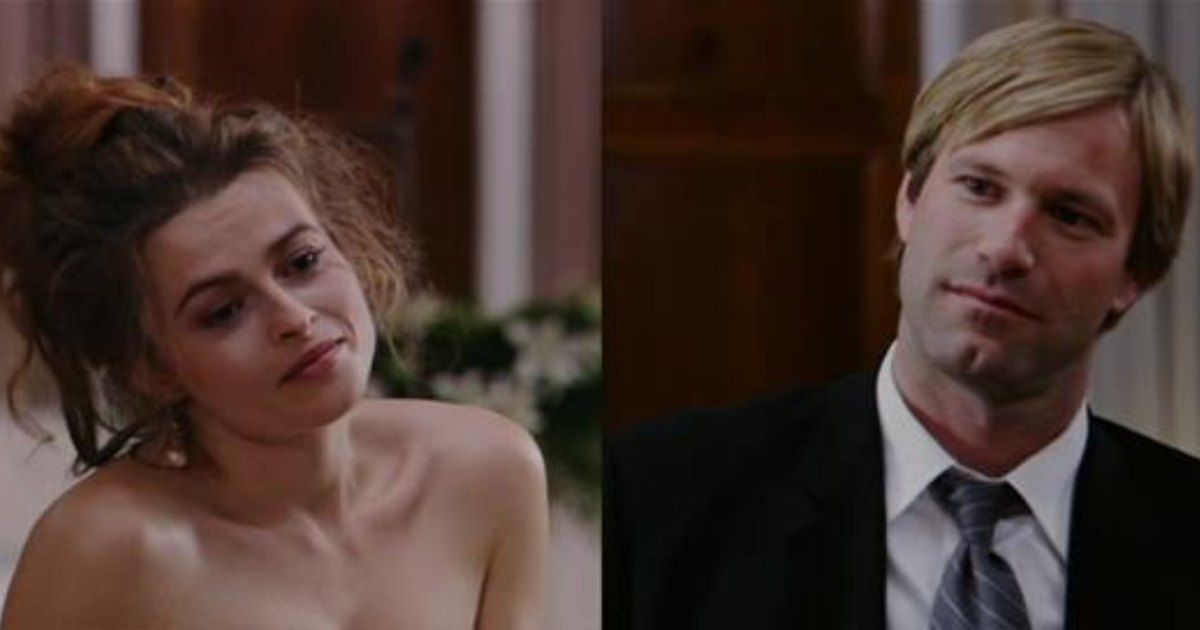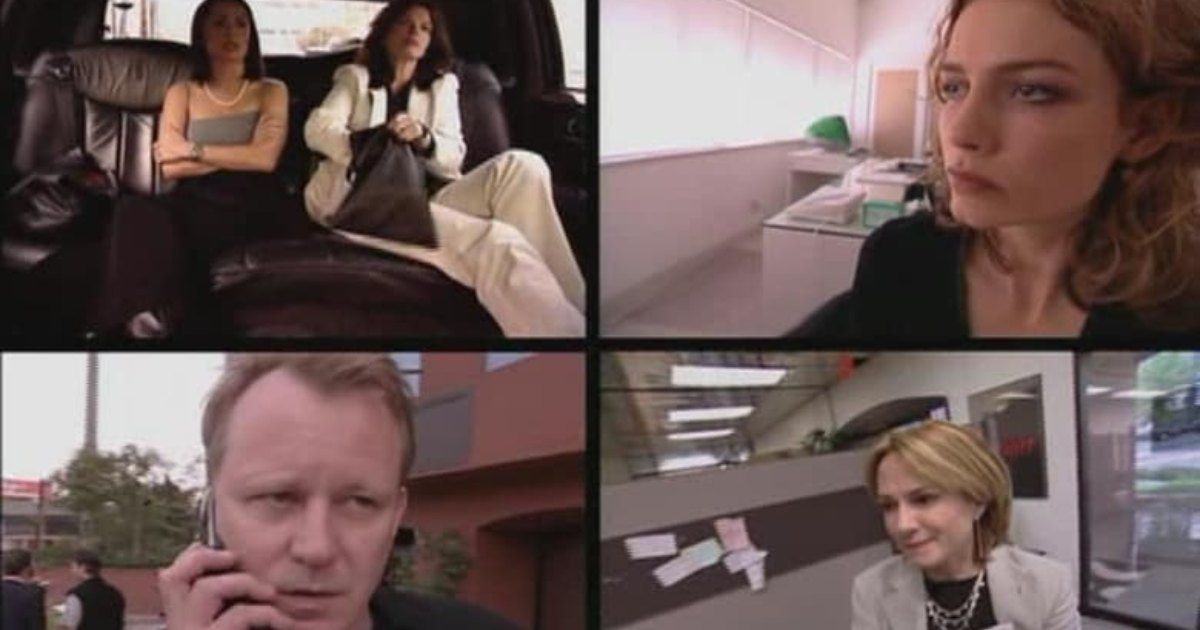See How They Run's recent release put split screen editing back into the spotlight. The murder mystery film makes use of the technique to accentuate the film's emotions and suspenseful nature. The style can be difficult to pull off or to incorporate into a film without distracting from the rest of the movie.
Split screen editing is a technique used to show multiple camera angles simultaneously. Most films do not use the technique, but some entire films rely on split screen editing to enhance the story. Weather or not you are familiar with split screen editing, here are some of the best examples to watch.
7 Pillow Talk
Many may be unfamiliar with Doris Day's classic film from the late '50s, but Pillow Talk continues to teach film techniques as well as give a simple but entertaining love story. Day stars as Jan Morrow, a working woman who shares a party telephone line with Brad Allen. Jan tires of overhearing Brad's endless conversations with his string of woman, so Brad disguises himself to try and win Jan over.
The couple falls in love primarily during their conversations over the telephone, and split screen editing is used to show both characters at the same time. Even though the lovers are far apart, their presence on screen makes them seem as if they were in the same place. The split screen editing makes their conversations feel more intimate and romantic.
6 Down with Love
In this delightful Peyton Reed movie, writer Cater Block vows to expose best-selling writer Barbara Novak after Barbara's book becomes a bestseller that encourages women everywhere to seek career success rather than romance. Set in the '60s, Down With Love uses split screen editing to immerse audiences in the time period, especially in one excellent scene that hearkens back to Pillow Talk.
As the two leads talk over the phone, the screen splits to include both of them in the frame. The editors took this scene farther than their '60s counterparts by editing the scene so that the couple finds themselves in many suggestive positions, making it look like the couple is having much more than a phone call.
5 Kill Bill
After The Bride is almost murdered on her wedding day, she wakes up from a coma years later in Kill Bill. The Bride goes on a killing spree to take her revenge on her ex-fiance, the entire wedding party and anyone else involved.
In one particularly suspenseful scene, an assassin comes to kill The Bride before she wakes up from her coma. The screen splits into two and shows the defenseless woman lying asleep peacefully next to the vicious assassin preparing a lethal injection. Quentin Tarantino uses the sophisticated technique to heighten the stakes and keep audiences on the edge of their seat.
4 When Harry met Sally
When Harry Met Sally is another romantic comedy that uses split screen editing to bridge the long distance between two characters. This romance classic follows Harry and Sally as they slowly come together over years of correspondence. In one scene, the two share an evening watching Casablanca and talking over the phone.
The split screen allows viewers to see both characters even though they are not in the same space. The editing plays a central role in helping the audience feel the same closeness and romantic tension that the characters do.
3 500 Days of Summer
500 Days of Summer follows the complicated on-and-off relationship of two lovers, Tom and Summer. The movie shows their relationship out of order with jarring cuts in their timeline. One of the movie's most beloved scenes shows Tom's expectations and reality played out side-by-side in a split-screen edit. The heartbreaking contrast between Tom's imagination and actual circumstances makes the scene especially memorable and heartbreaking for viewers.
2 Conversations with Other Women
When a former couple reunites at wedding, the two re-kindle their relationship and reflect on memories from their past. Conversations with Other Women uses split screen for almost the entire film. The editing masterfully shows the different perspective of the man and the woman and give the audience an almost 360 degree view of the events. The every-day story paired with the unique editing style gives audiences a chance for more reflection than the average rom-com.
1 Timecode
A true one take wonder, Timecode pushes split screen editing to extremes, and the film's revolutionary creativity gives it the number one spot on this list. Timecode breaks the screen into four different sections rather than the usual two. Each camera follows a different protagonist as they grapple with affairs, career goals, and interpersonal drama.
The four storylines were each famously shot in one take. As all four stories play out simultaneously, viewers are entranced by the unbelievable amount of choreography and planning that went into this masterful juxtaposition of four stories which complement and enhance each other.

